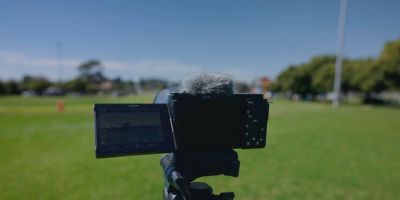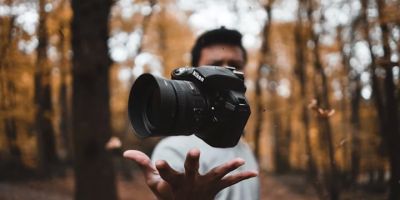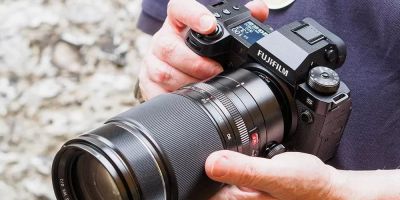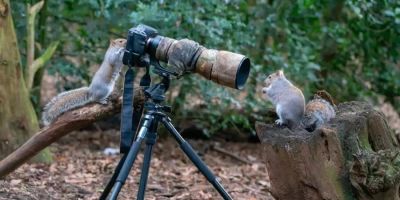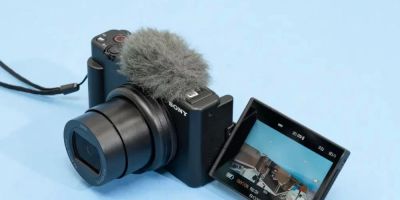- 1-Understanding-the-Challenges-of-Photographing-Moving-Animals
- 2-Camera-Settings-for-Freezing-Animal-Motion
- 3-Techniques-for-Panning-and-Following-Action
- 4-Choosing-the-Right-Lens-and-Equipment
- 5-Lighting-Considerations-in-Animal-Motion-Photography
- 6-Real-Life-Examples-and-Practical-Advice
1. Understanding the Challenges of Photographing Moving Animals
Photographing animals in motion is one of the most rewarding yet challenging aspects of wildlife photography. The unpredictability of animal behavior combined with fast movement demands quick reflexes, technical skill, and appropriate gear. Motion blur, focus errors, and poor composition often result without proper preparation.
Learning how to photograph animals in motion starts with understanding these challenges and developing strategies to overcome them. Whether capturing birds in flight, running mammals, or playful pets, mastering motion photography transforms fleeting moments into stunning images.
2. Camera Settings for Freezing Animal Motion
Using the correct camera settings is fundamental to freezing fast-moving animals. A fast shutter speed—typically 1/1000 of a second or faster—is crucial to avoid motion blur. Pair this with a wide aperture to allow enough light and a suitable ISO to maintain exposure without excessive noise.
Many photographers use continuous autofocus (AF-C) to track moving subjects and burst mode to capture multiple frames per second, increasing the chances of getting the perfect shot. Experimenting with these settings helps tailor your approach to different animal speeds and lighting conditions.
3. Techniques for Panning and Following Action
Panning is a technique where the camera moves horizontally with the subject’s motion, resulting in a sharp subject against a blurred background that conveys movement. Mastering panning requires practice, steady hands, and adjusting shutter speed to balance subject sharpness and background blur.
Following the animal smoothly while anticipating its movements increases success. These dynamic shots add energy and storytelling to your animal motion photography portfolio.
4. Choosing the Right Lens and Equipment
The lens choice significantly impacts your ability to photograph animals in motion. Telephoto lenses with fast autofocus are ideal for capturing distant or quick wildlife without disturbing them. A lens with image stabilization helps reduce camera shake, especially when handheld.
Additionally, sturdy tripods or monopods assist with stability during long sessions, while weather-sealed gear provides durability in diverse environments. Investing in quality equipment tailored to your subjects enhances image quality and shooting comfort.
5. Lighting Considerations in Animal Motion Photography
Lighting dramatically affects how motion is captured. Shooting during the golden hours—early morning or late afternoon—provides soft, directional light that highlights details and textures. Overcast days reduce harsh shadows, offering balanced illumination.
In low-light conditions, adjusting ISO and aperture is essential, but remember the trade-offs with noise and depth of field. Using fill flash can freeze motion but must be used subtly to avoid startling animals.
6. Real-Life Examples and Practical Advice
Photographer Sarah captured an incredible sequence of a hawk diving for prey by combining a 1/2000 second shutter speed, continuous autofocus, and panning technique. Her patient observation and quick camera adjustments turned a fleeting moment into a compelling narrative image.
Another wildlife enthusiast, Mike, recommends scouting locations and learning animal habits to anticipate movements better, significantly improving shot success rates. He also emphasizes post-processing techniques to enhance sharpness and clarity in motion shots.
For more expert tips, gear recommendations, and tutorials on how to photograph animals in motion, visit Photo Studio. Their curated resources help photographers at all levels capture dynamic wildlife moments beautifully.

